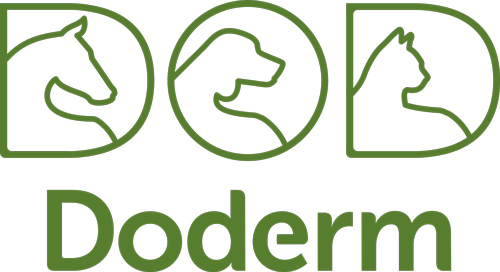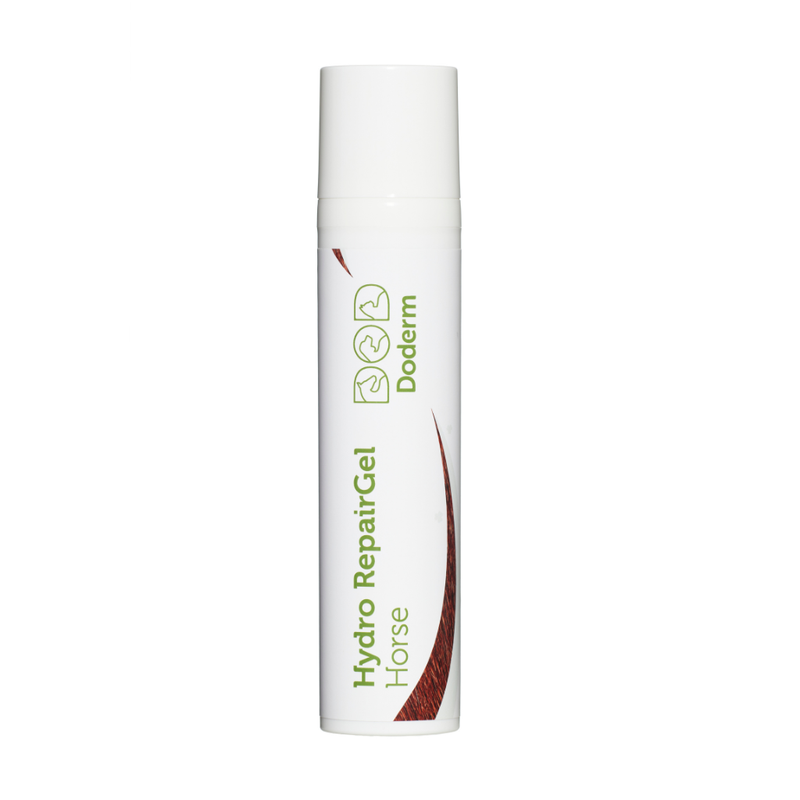Symptoms of Chafing During Coat Change
When horses transition from summer to winter coats, many develop areas of chafing. These minor skin irritations can quickly worsen if left untreated.
Typical symptoms include:
-
Redness or small wounds on the back, shoulders, or withers
-
Hair loss or rubbed-off patches of coat
-
Crusting or open sores
-
Itching and increased rubbing
-
Sensitivity or pain when touched in certain areas
Early detection helps prevent more serious skin problems and infections.
Causes of Chafing During Coat Change
Chafing occurs due to mechanical friction, poorly fitting equipment, or the natural coat change itself. A weakened skin microbiome can also slow down regeneration.
Common causes include:
-
Tight-fitting blankets: Pressure points cause friction and skin irritation
-
Saddles or bridles: Uneven pressure on the back or shoulders
-
Coat change: The denser winter coat rubs more easily and tends to mat
-
Moisture and dirt: Promote skin inflammation in stressed areas
-
Weakened immunity or microbiome imbalance: Delays healing and skin renewal
-
Movement and training: Frequent motion increases friction in tight areas
Treatment with Doderm Hydro RepairGel
Doderm Hydro RepairGel supports the skin in healing from chafing, soothes irritation, and promotes regeneration. The antibodies derived from colostrum help strengthen the skin microbiome and reduce inflammation.
Step-by-step application:
- Expose the area: Part the coat carefully at the affected spots
- Clean the skin: Gently remove dirt and crusts
- Apply gel thinly: Spread evenly over irritated areas
- Repeat regularly: 1–2 times daily, depending on severity
- Continue consistently: Apply until the skin has fully healed
Benefits of Doderm Hydro RepairGel:
-
Colostrum antibodies strengthen the skin barrier
-
Relieves itching and redness
-
Supports regeneration and microbiome balance
-
Gentle, natural action without harsh chemicals
-
Easy, targeted application directly on the skin
Tips & Prevention: Avoiding Chafing During Coat Change
To prevent chafing—or to support the healing process—consider the following measures:
-
Check blankets regularly: Ensure correct fit, cleanliness, and no pressure points
-
Proper saddle fitting: Even pressure and good padding prevent friction
-
Coat care: Brush regularly during coat change, remove tangles, and check the skin
-
Keep chafed areas clean and dry: Avoid dirt and moisture buildup
-
Strengthen the immune system: Balanced nutrition, exercise, and reduced stress
-
Consult a vet: Seek professional advice for deep or severely inflamed areas
Conclusion: Natural Support for Chafing During Coat Change
Chafing during coat change is common, but with targeted care and prevention, it can be effectively managed. Doderm Hydro RepairGel naturally supports skin regeneration, soothes irritated areas, and helps restore a healthy skin microbiome.



0 comments